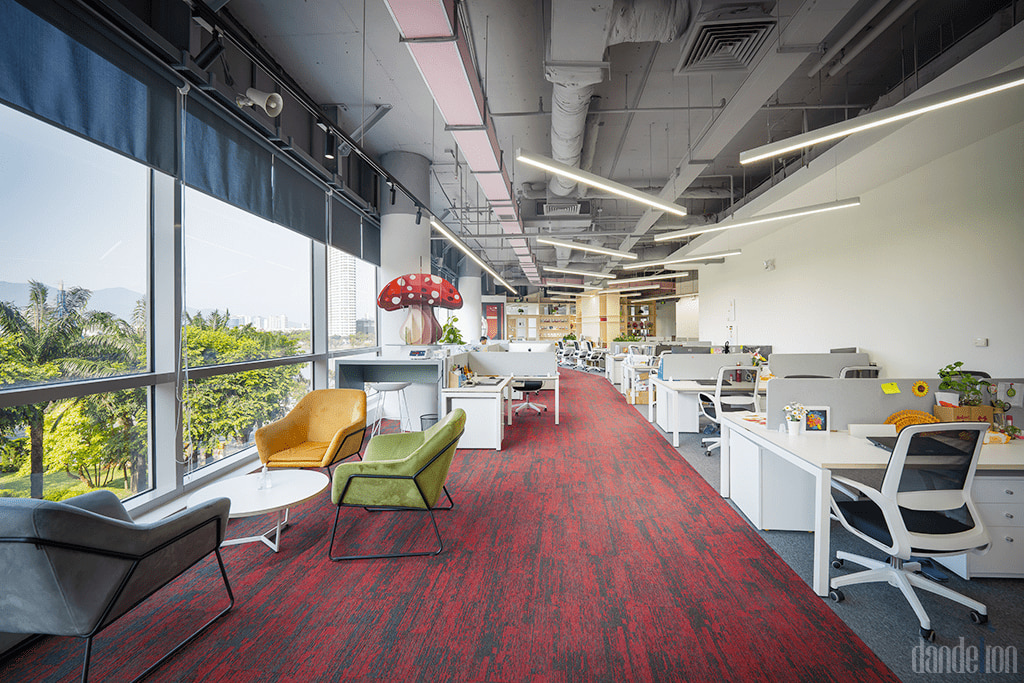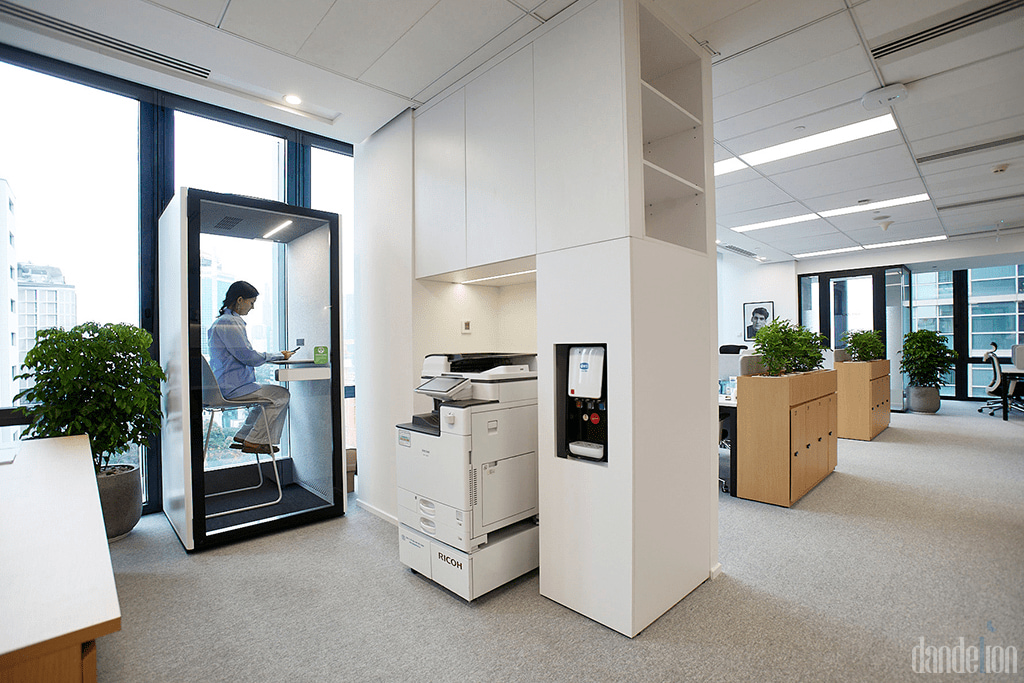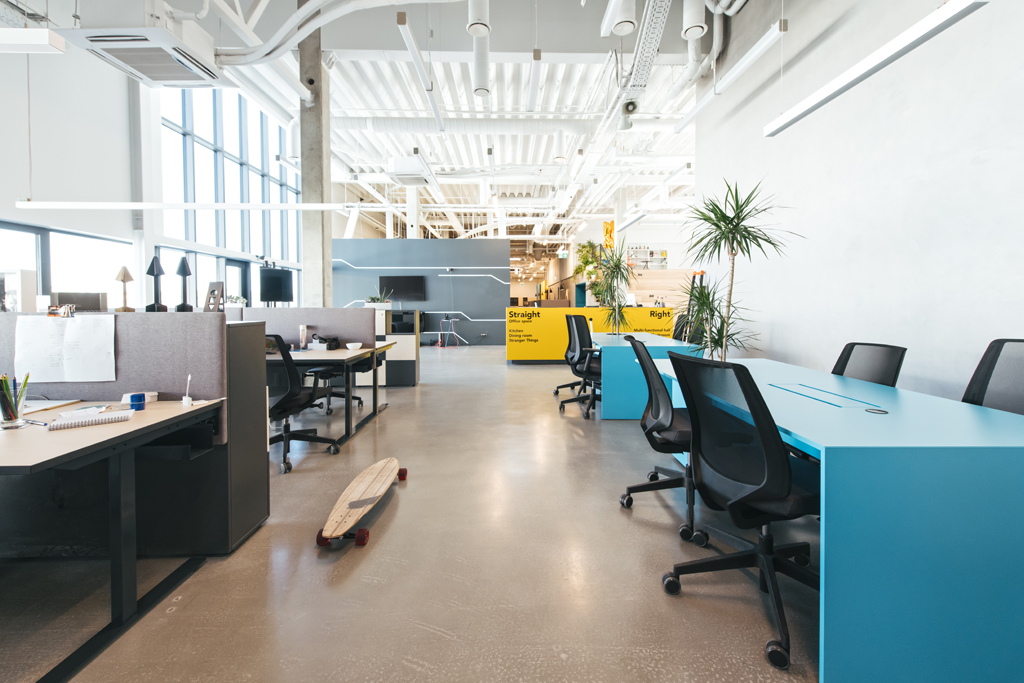Office Workspace: Human-Centered Design for People
Article Summary [Hide]
1. Human-Centered Office Workspace – The Core Difference
1.1 Quick Comparison: Traditional vs. Modern Offices
- Traditional office: focuses on the number of seats, with little attention to natural light, greenery, or privacy.
- Modern office (human-centered): emphasizes efficient layouts, offering flexible spaces for individuals, small groups, and relaxation, while still ensuring enough seating in a spacious and comfortable environment.
1.2 Direct Impact

2. Key Design Elements for a Beautiful Office Workspace (Detailed Checklist)
2.1 Lighting & View
- Prioritize natural light combined with personal desk lamps.
- Install large windows or heat-control films to ensure brightness without glare.
2.2 Acoustics & Privacy
- Use soundproof glass partitions, acoustic panels, or carpeting.
- Provide phone booths or quiet zones for small meetings. As a result, employees can focus better in the modern office workspace.
2.3 Seating & Ergonomics
- Provide ergonomic chairs to reduce the impact of long sitting hours.
- Use height-adjustable desks so employees can work comfortably and reduce fatigue.
2.4 Green Office Space
- Add indoor plants or small green walls.
- Choose low-VOC materials to create a safer green office environment.
2.5 Utilities & Infrastructure
- Ensure outlets, charging points, and pantry areas are conveniently located.
- Keep printing zones tidy and organized so the office workspace runs smoothly every day.

2.6 Culture & Branding
- Reflect company values through logos, colors, visuals, and slogans.This helps employees feel more connected in a beautiful office workspace.
3. Steps to Implement an Effective Office Workspace
3.1 Survey & Define Needs
- Identify employees’ pain points: lighting, noise, or lack of seating.
- From there, businesses can design with a clear focus.
3.2 Design a Pilot Zone
- Select a small area (10–20% of total space) for testing.
- Add standing desks, plants, and private call areas.
3.3 Measure & Scale Up
- After 1–3 months, compare data before and after renovation.
- Thanks to this process, companies can expand the pilot zone into a fully modern office workspace.


